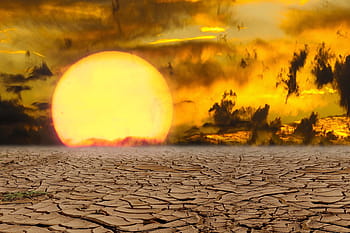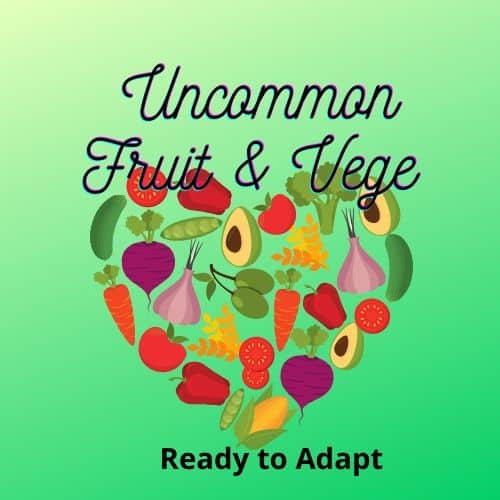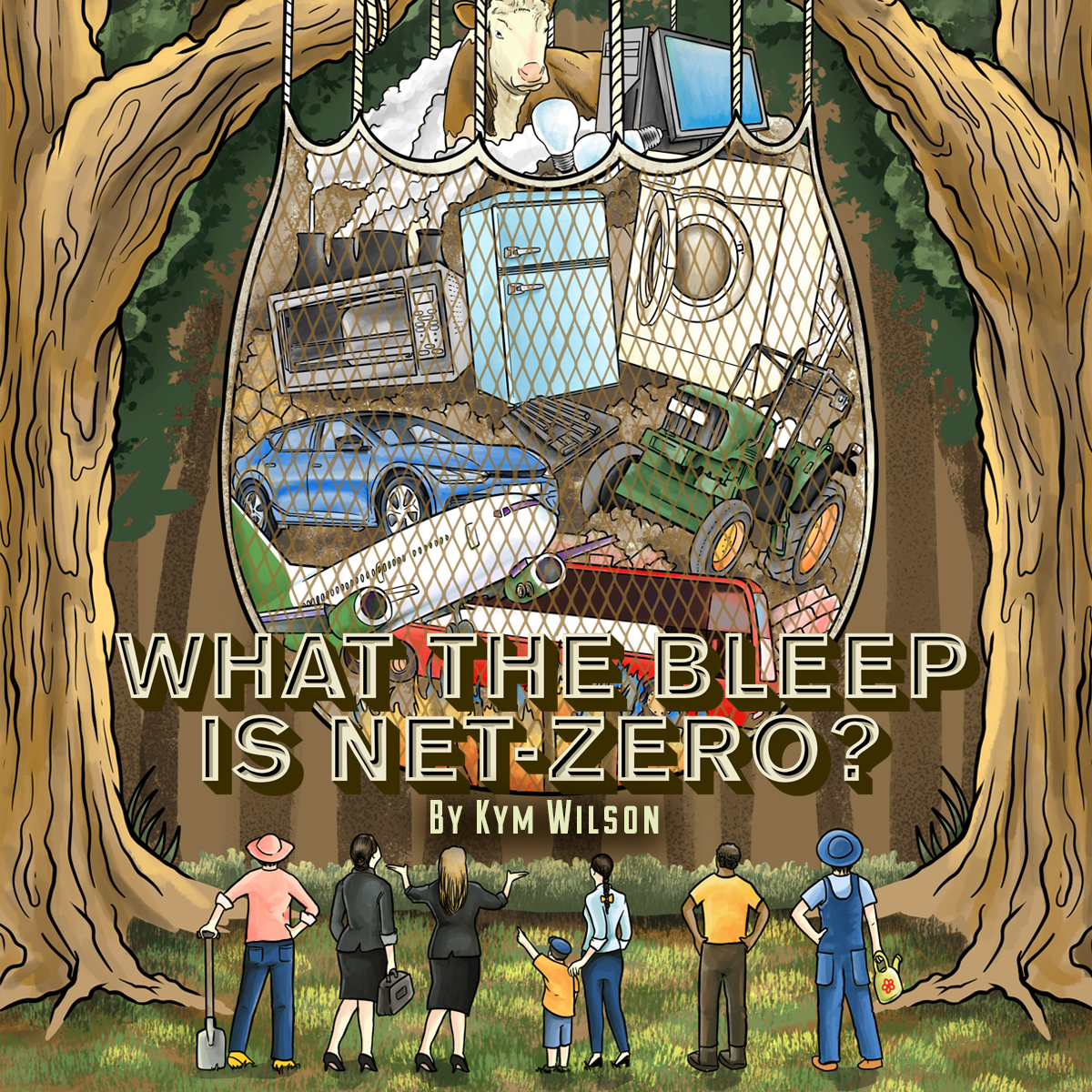Water, Water everywhere and not a drop to spare!

(September 2019) The Southern Downs located in the region known as the Granite Belt has been in the news now for some time. Not because of our wonderful vineyards or our giant thermometer, not because of Covid19 or the tourism our area relies upon. No, we are in the news because we have run out of water. That’s right our little region in Southern Queensland Australia is bone dry!
There has been talks of de-silting municiple dams and raising dam walls to increase capacity. The State Government is patting itself on the back for having saved us with the trucking of water at huge cost to keep the township going, talks of pipelines and new dams. Communities from all over the country have demonstrated an outpouring of love and kindness through donations of both drinking water and stock water plus a whole lot more. And all the while we wait for rain. Animals have been sold, stock feed is hard to get and increasingly expensive. Plants and gardens are dead or just hanging in and wildlife are venturing closer to human settlement in search of food.
The heavens opened finally in February 2021 and we all breathed a sigh of relief even if it was temporary. Permaculture seeks to design for the worst-case scenario and ensure stability in an otherwise unstable environment. Before developing a design for the future, we must first determine the variables.
What is drought?
Drought is not a singular destructive event that is easily recovered from. Unlike wildfire or cyclones which occur quickly and promote a rapid response from governments, insurers, and the community, drought is persistent and pervasive. It chips away slowly at the land, animals, and humans alike. It gnaws away at your psyche like a dog with a bone. It is a persistent and long-term disaster that needs permanent adaptation in order to survive.
Areas prone to drought should be consistently building and storing essential resources ready to endure the next dry spell or heatwave. Governments around the world have different methods and criteria for the declaration of drought.
The Australian Bureau of Meteorology defines drought as “a prolonged, abnormally dry period when the amount of available water is insufficient to meet normal use.” The National Drought Mitigation Centre in the US states “A drought means that a place has less precipitation (rain or snow) than normal over a few months or even longer.” Whatever definition you use, the fact of the matter is, Drought is debilitating on the land, its animals and plants, and even us as humans.
Some Background Information
In the district, I live in mentioned above – the Granite Belt of Australia we have a huge range in our weather patterns. Call it climate change if you like or call it regular seasonal flows but no matter what you think there is a massive variability. See the tables below for more detail.
| Year of Flood | Rainfall | Year of Drought | Rainfall |
| 1879 | 1834mm | 1902 | 408mm |
| 1891 | 1102mm | 1919 | 415mm |
| 1921 | 1000mm | 1923 | 423mm |
| 1950 | 1120mm | 1957 | 368mm |
| 1959 | 1160mm | 1980 | 531mm |
| 1983 | 1091 | 1993 | 527mm |
This may look fairly benign over the span of time but here are some further figures to put that in perspective.
| >20% above average rain | average | <20% below average rain | <60% below average rain | |
| Number of Years in last 120 | 30 | 50 | 30 | 10 |
As you can see there are 90 years in 120 that receive average to below-average rainfall. Or put another way just 30 out of 120 years receive above-average rainfall. Now the average rainfall in Stanthorpe, the closest town, is around 768mm per annum. This is more than enough in normal times to conduct the range of business, commercial and private enterprises as well as support the local population, or is it?
What is contributing to droughts?
Now from the outset, I will say, I believe that as human beings we have had a MASSIVE impact on our planet and our subsequent way of life into the future. Yes, Climate Emergency is real. But I want to put this into perspective and look at what is contributing to our droughts.
Science tells us that water covers more than 80 percent of the earth’s surface. We know that it is made up of oceans, lakes, rivers, and even ice caps and glaciers. But we forget that a large part of that water is also in underground aquifers, streams, and springs. We have the same amount of water now that the dinosaurs had. Let that sink in (pun intended) – we have the exact same amount of water now that has always been present. It is a limited resource. We can not make more.
Now think for a moment if you will. If that water has been evaporated out of our large dams and holding facilities where did it go? Yes, it’s still here but maybe not where we need it. Maybe there was flooding rain in Japan or India. Maybe there was a typhoon over the ocean that has dumped all our drinkable or potable water into the ocean. It’s still here on the planet but now it is no longer useable.
Ok, But how is that contributing to droughts I hear you ask?
Add the cutting down of trees to make way for pastures or crops, the building of massive concrete jungles we call cities and towns. Add the damming of rivers that used to flow the length and breadth of our continents. Add the accessing of underground water supplies by huge bores and drilling machines to be pumped out onto the ground for irrigation. Now you have the makings of drought.
Where does rain come from?
As you can see the above video explains the rain cycle and biotic pump very well. I certainly don’t have anything to add other than we need to be planting forests as much as possible to not only increase the biotic pump cycle but also to increase our ability to continue to live on this planet we call earth.
But if we plant all the trees back in the paddocks and croplands there will be nowhere to grow our food right? Wrong, we need to be smarter. If we plant a biodiverse forest on the edge of our croplands not only will we benefit from more rain and cooler temperatures but the cropland will produce more. Silvopasture and Alley Cropping being just two ways of achieving this. There are many systems out there and all work slightly differently but their common aim is to restore nature’s balance while providing us humans with our needs at the same time.
How can we prepare for drought?
Andrew Millison in his book Permaculture Design Tools for Climate Resilience suggests community resilience banking to aid in coping with natural disasters and extreme conditions. The details will differ from region to region but the principle of stockpiling for leaner times remains constant. Our forebears did it, our grandparents did it but we as western worlders have become too reliant on the 24-hour supermarket chains that will be there when we need to pop in for some milk or bread.
As everyday citizens, we should be preparing ourselves for the next extreme event, whether it is a global pandemic or bushfire, or drought. We need to be prepared for times when things may not function as normal. I am not advocating the preppers style of accumulation but a reasonable and measured amount of stored items to help us get through such events for say up to a week.
This does not help us prepare for drought though. As previously stated drought is pernicious and persistent. We cannot store enough to get through a 3-year drought. But we can work on community resilience as Millison suggests by creating grain and fodder banks, stored firewood and seeds, and planning our gardens around drought-tolerant plantings that will help feed us or our animals.
We can and should be reusing every drop of water at least twice. Collect your shower water and put it on your fruit trees or vegetable garden. Washing machine water should be reused. Let your dishwasher filter through a worm farm and collect the free fertilizer they produce as a result. Turn off the tap when brushing your teeth. These simple acts in times of plenty will have you and your family saving precious water for times of scarcity as well as having built and established lasting good habits.
There are loads of resources online and elsewhere to help you make simple changes in everyday life in and around your home to better manage the water we have. So even if you don’t live in an area that suffers from droughts you can help the rest of us who do. Save every drop!
Giving back, Taking only what we need, and caring for others are some of the principles and ethics behind Permaculture. Permaculture seeks to distribute the resources we have equitably and fairly for all, at the same time as working with nature to repair, replenish and reuse. To find out more click the button below.


